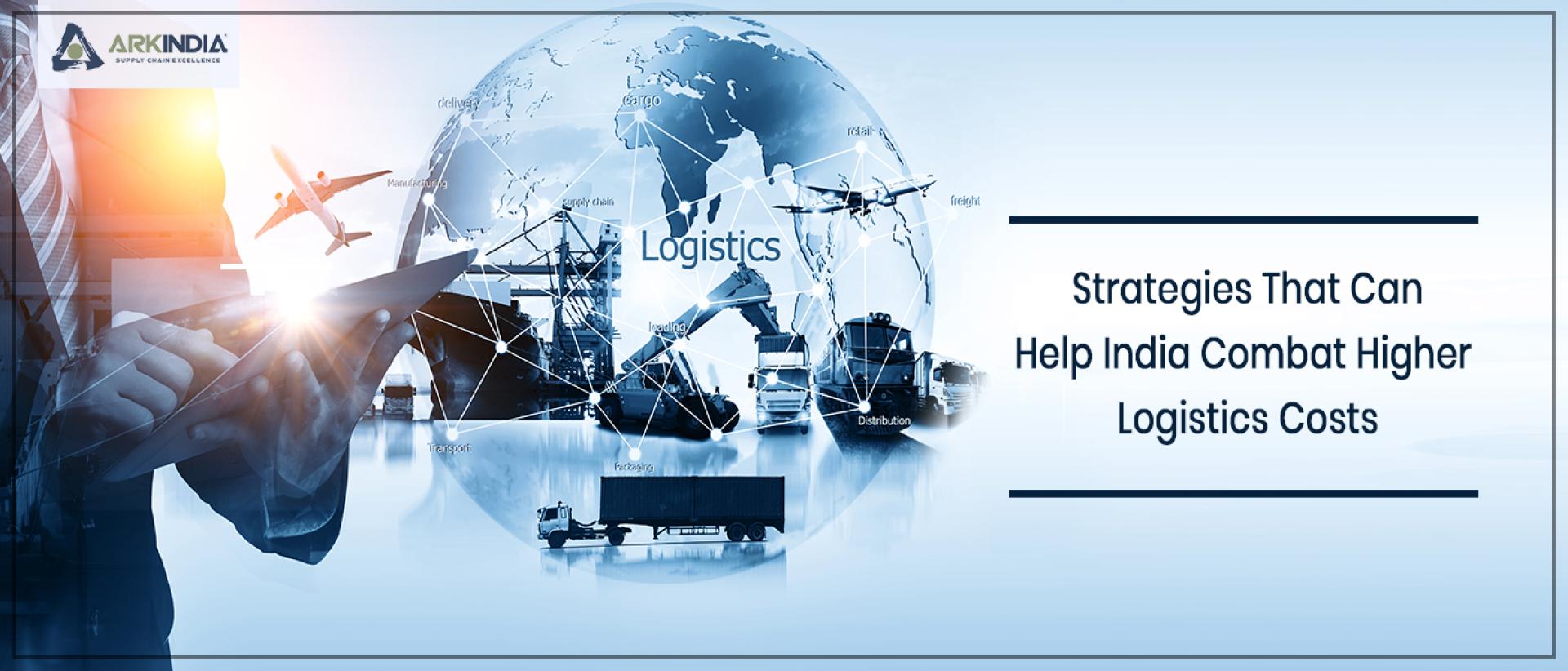
Supply Chain and Logistics is an industry that has been the driving force of the world’s economy for centuries. The establishment of trade routes was the biggest pillar of the industrial revolution. Fast forward to almost three centuries, supply chains are the reason why the world is a tighter-knit and peaceful community compared to older times. India is a hub of great ideas, goods, and resources that makes the country blossom by itself, and also shares its gifts with the rest of the world. But something that is stopping it from being fruitful to its full extent, is higher logistics cost.
India’s supply chain segment has been on the rise for some time now. By December 2020, right at the peak of the COVID-19 pandemic, India was pegged at $215 billion for the supply chain sector. That is a juggernaut of an industry right there, rolling on in full swing towards becoming a behemoth soon. It is also supported by the growth of E-commerce and online marketing sectors, which all require logistics to stay afloat. The e-commerce and online logistics segment alone is projected to rise to $20 and $30 billion by 2025.
India aims to become a manufacturing hub globally with the “Make in India” movement, where users are asked to buy Indian-made goods and support the economy that way. The only hindrance in this rapid growth is the mounting cost of logistics. As the country still recovers from the wave of destruction that the pandemic caused, one of the first major issues to tackle is getting down the logistics costs to somewhat comfortable amounts.
According to a recent study, India’s current logistics and supply chain expenditure stands at a whopping 14% of the country’s GDP compared to 9% of China and 8% of the USA and Europe. This has formed a huge competitive gap of approximately $180 billion which needs to be bridged as soon and as efficiently as possible. Here are some factors that have contributed to the costs rising high.
1.India’s industrial clusters are heavily fragmented. This lack of unity and structure is hurting the economy. The big players and organized logistics providers cater to businesses in the 20-30 Tier 1 cities or special economic zones, which leaves a large part of the country unchecked. Many small players operate differently to serve Tier 2 and 3 cities, towns, and villages. This lack of harmony causes the unconnected to use unorganized and variably costing logistics services, causing huge gaps in costs and efficiency.
2.Modern digital India is undoubtedly on the rise, but this adoption is still slow compared to other booming economies. Adopting digital intelligence and support systems in Tier 2 and 3 cities in India is still ‘getting there. This lack of pace in adoption is also causing the entire country as a whole to lag behind.
3.As a country, India has all the options to conduct the logistics business, including air, sea, road, and rail transportation. But comparatively, all of these modes suffer somehow or another because of holes in the infrastructure that needs to be plugged. Un-optimized use of river and waterways networks, poor roads, and limited train and sea logistics options cause these issues.
The government is taking initiative to improve the returns on such a complex chain of processes and data. Bringing down logistics cost means initiating a lot of changes that are not going to be instant or easy to adopt, so let’s take a look at how the government is trying to bring down logistics costs.
Creating Rail-Road Networks: Railways are more energy efficient, and roadways offer more reach and flexibility. The roadways are responsible for around 60% of the total freight transported, but the complexity of this network makes things difficult. A combined rail and road method will be ideal.
Development of Multi-Modal Logistics Park: These are massive 100 acre areas with access to different modes of transportation. These MMLPs will also have world class storage and solutions like mechanized warehouses, cold storage, etc. This will decrease vehicle congestion and in turn, costs.
Implementing GST Tax Reform: The implementation of GST has made it possible to reduce the time that it takes for inter-state logistics operation. The check posts that would initiate all the indirect taxes have been eliminated by GST which leads to efficient use of time and resources.
Now let’s look at some strategies that could address these issues and help fast-track economic growth.
1.To ensure that logistics operations are as smooth as ever, diligent planning and freight consolidation need to be step one. It comes from the fact that many unforeseen circumstances and environmental factors can have an impact on the efficiency of these operations. Regardless of their size and stature, logistics companies should pay special attention to the planning of routes and freight.
2.To solve the problem of efficiency in Tier 2 and 3 cities, digital adoption must be paid special attention to. This includes a wide use of smartphones and the adaptation of cutting-edge logistics software by logistics companies. Such software allows advanced monitoring, documentation, analysis, and customer engagement as well.
3.Something that should also be considered is collaborations for different stages of a consignment. Different providers may specialize in different aspects of the process. This means that pooling up resources is always the smarter thing to do. It increases reach across geographies and optimizes the entire process.
4.Developing and supporting 3PL and 4PL companies will go a long way for the country’s economy. 3PL companies, such as ARK India, thrive on providing top-quality, industry-standard logistics services in all major aspects of a product’s life cycle. The development of such companies will build an overall high standard of logistics services in the country..